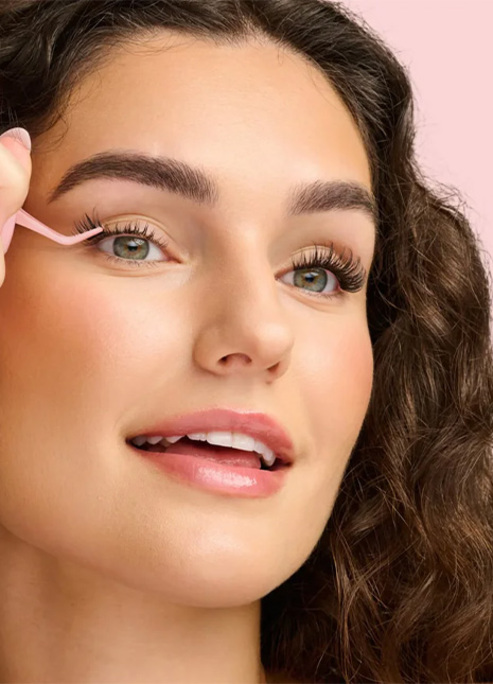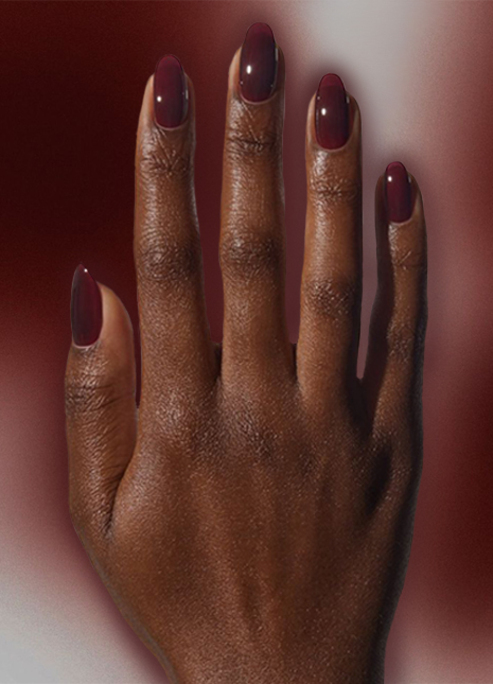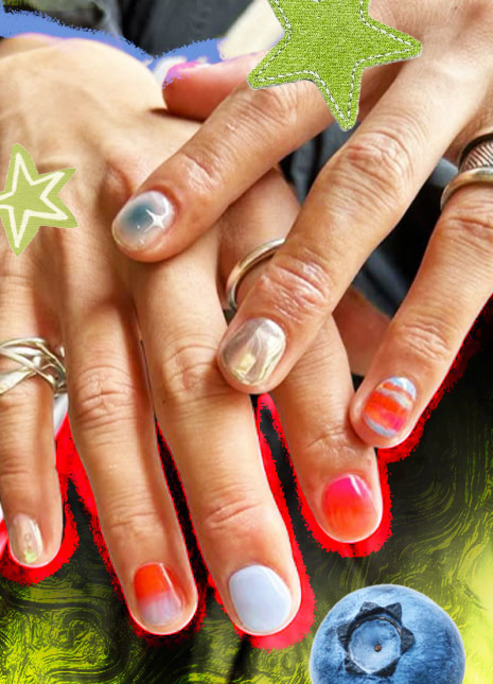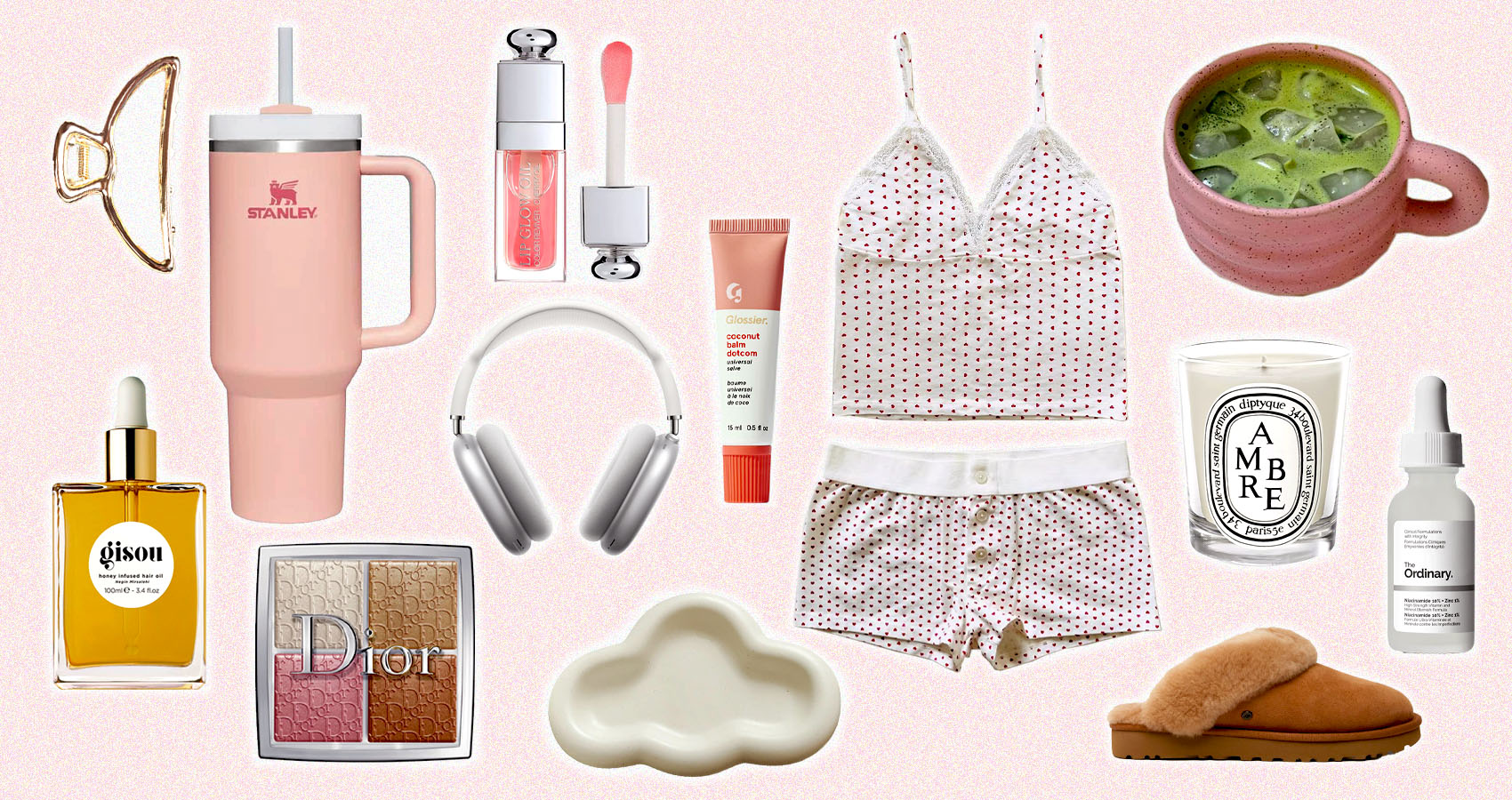
The Rise Of The Clean Girl Aesthetic
Effortless elegance or exclusive ideal? Exploring the Clean Girl Aesthetic.
The ''clean girl'' aesthetic has rapidly gained traction on social media platforms like TikTok and Instagram, becoming a dominant trend in the beauty and fashion world. Known for its polished, minimalist look, the aesthetic emphasizes dewy skin, slicked-back hair, gold jewelry, neutral tones, and understated makeup. While some hail it to celebrate simplicity and neutral beauty, the trend has sparked conversations about inclusivity and societal beauty standards.
What defines the Clean Girl Aesthetic?
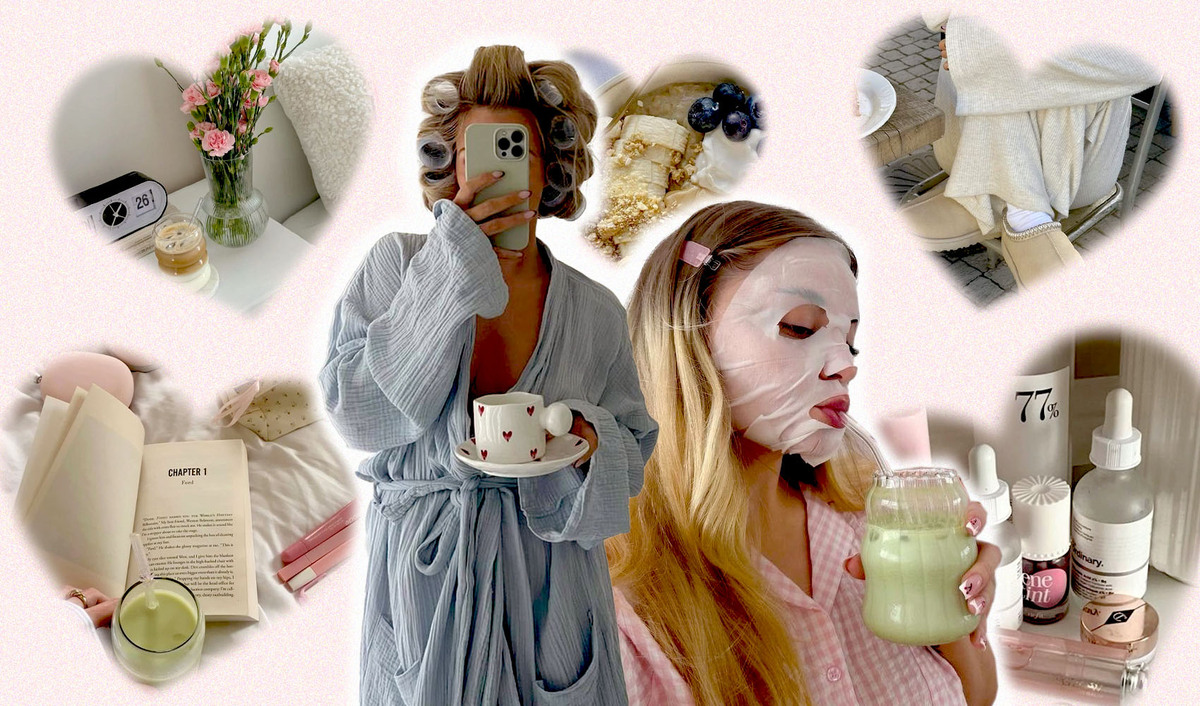
At its core, the clean girl aesthetic embraces effortless chic. Influencers often post tutorials showcasing glowing skin, light makeup, and hairstyles that appear low-maintenance yet require significant effort. The hallmark of the look includes products like tinted moisturizer, lip gloss, and highlighter to achieve a "no-makeup" makeup vibe.
The Controversy: Exclusivity and Privilege
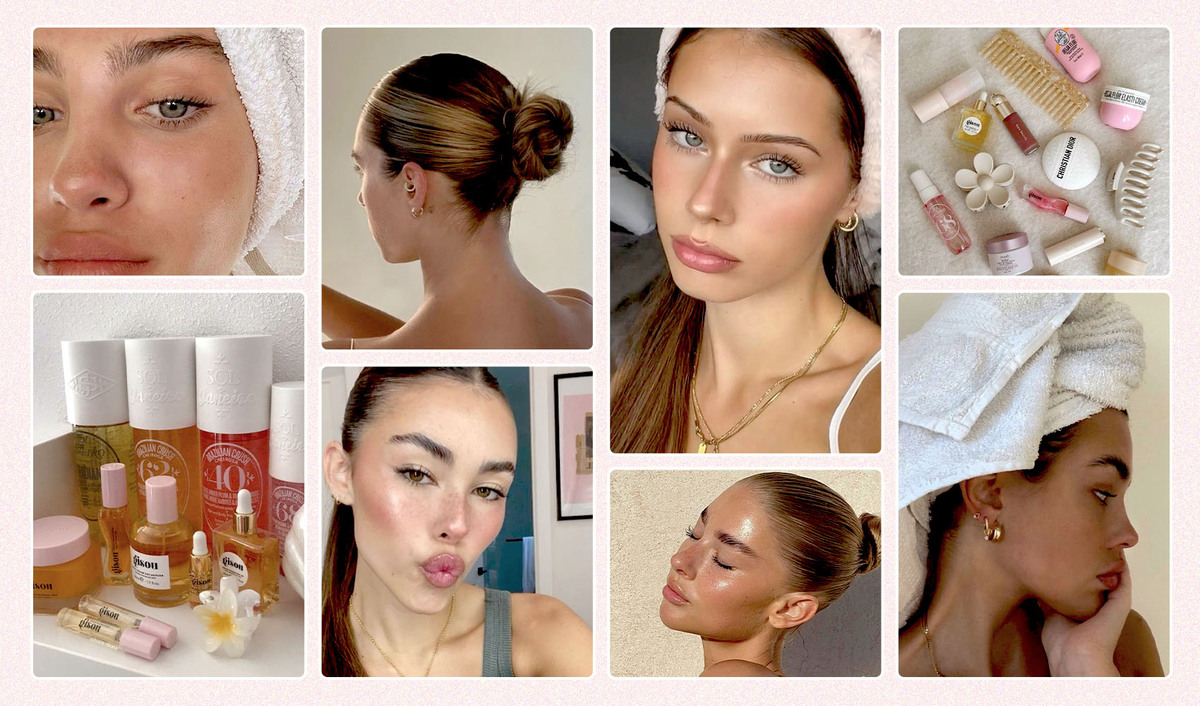
Critics argue that the clean girl aesthetic reinforces exclusionary beauty standards. Its focus on smooth skin and minimalist makeup often disregards those with textured skin, acne, or other natural variations. Additionally, the aesthetic's roots in cultural practises -such as sleek hairstyles common in Black and Latin communities- raise concerns about cultural appropriation, as these styles were historically stigmatised.
Moreover, maintaining the look can be expensive, relying on high-end products and treatments, making it less accessible to all.
In the end, the clean girl aesthetic continues to inspire, it's essential to recognize the underlying issues and promote broader definitions of beauty that embrace diversity and authenticity. Aesthetic trends should celebrate all individuals, irrespective of their natural features or backgrounds.



